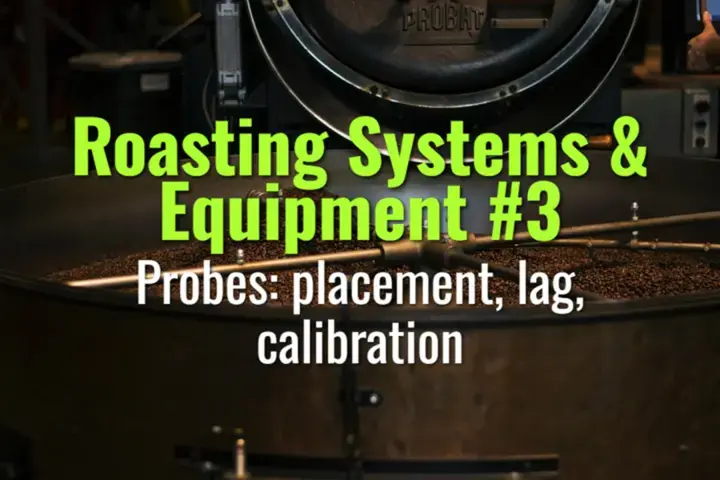Probes: placement, lag, calibration
Understand the critical role of temperature probes in tracking bean and environmental temperatures, ensuring accurate roast profiles and repeatable results.
- Coffee Basics Nerds
- 1 min read

Key Concepts
-
Probe Placement:
-
Bean probes: measure actual bean temperature; should be placed in a representative bean mass, not near walls or airflow sources.
-
Environmental (air) probes: track surrounding air temperature to anticipate heat transfer to beans.
-
Multiple probes may be used for larger roasters to capture temperature gradients.
-
Lag Time:
-
Thermocouples and resistance probes have inherent response times.
-
Lag can cause readings to trail actual temperature; awareness is essential for precise roast control.
-
Minimize lag by selecting fast-response probes and proper placement within the bean mass.
-
Calibration:
-
Regular calibration against a reference thermometer ensures accuracy.
-
Calibration should account for both air and bean temperature probes.
-
Use boiling water, ice bath, or certified calibration tools depending on probe type.
Operational Tips
- Always document probe placement for consistent results across batches.
- Compensate for lag in software or during manual roast monitoring.
- Replace worn probes promptly to avoid inaccurate data affecting roast quality.
Summary
Proper probe placement, understanding lag, and regular calibration are essential for precise roast profiling, consistent cup quality, and accurate data logging.